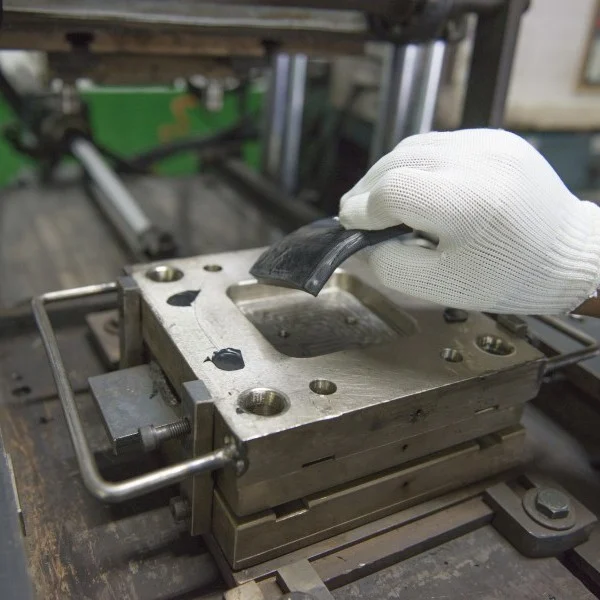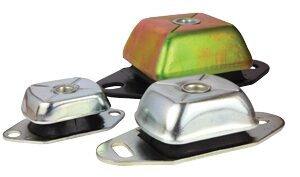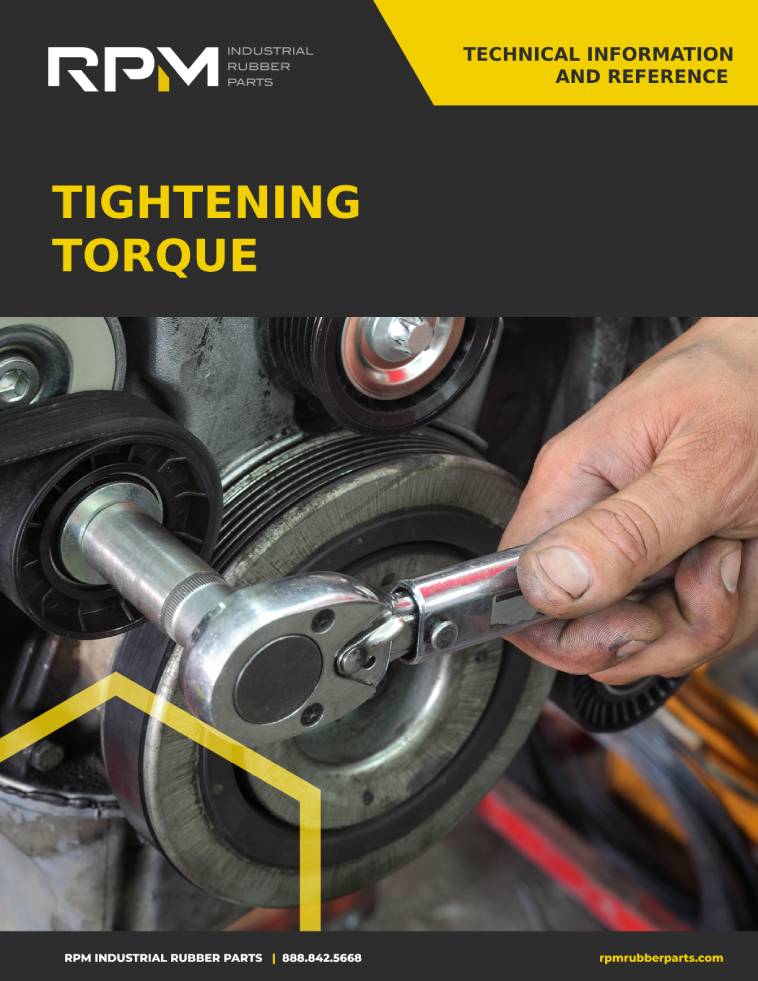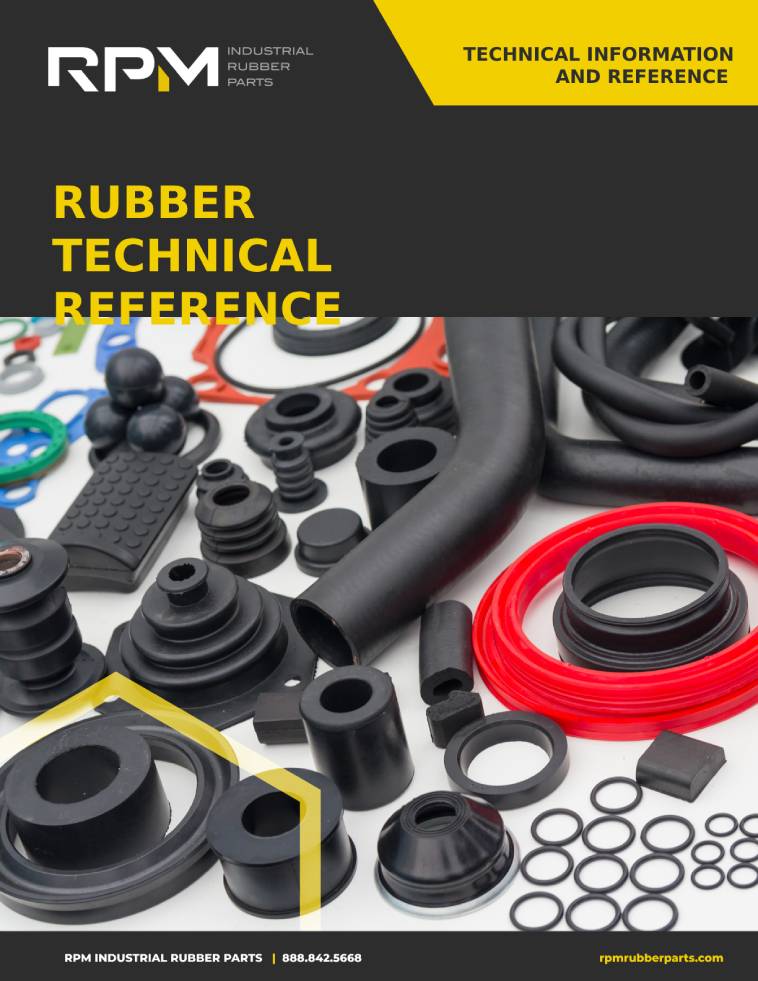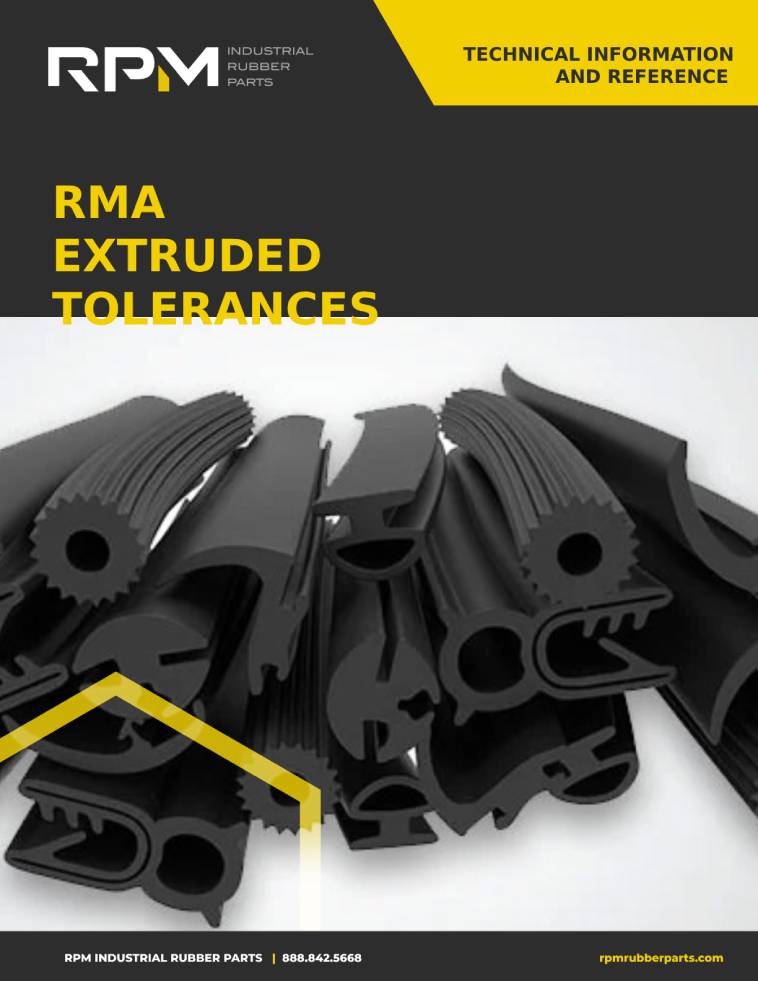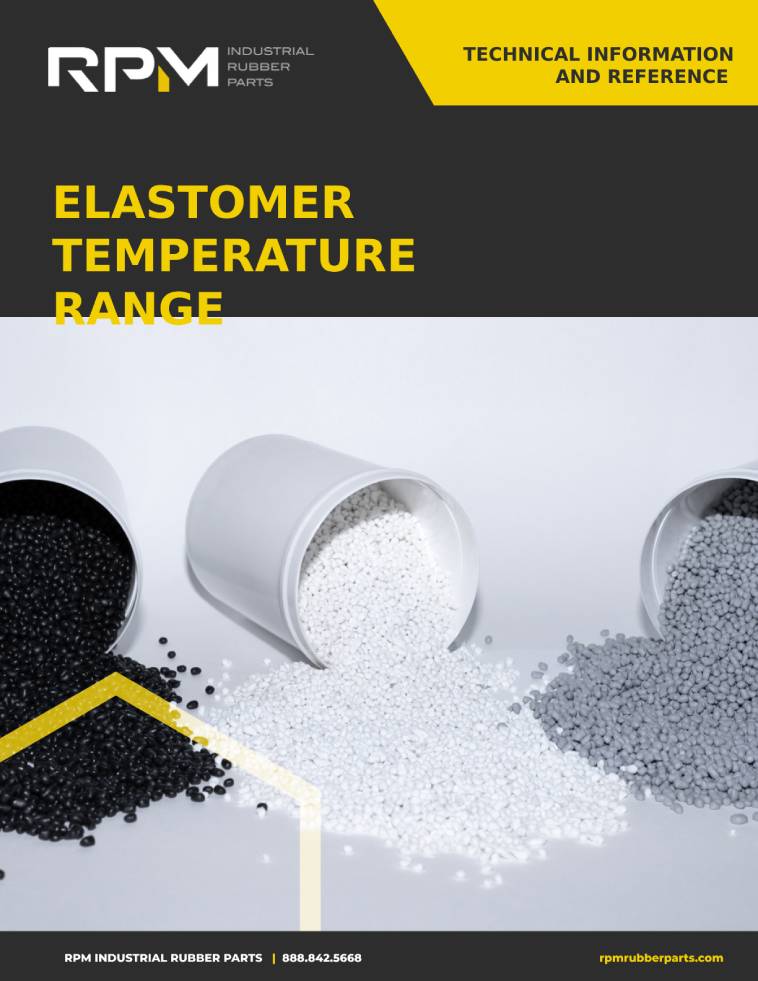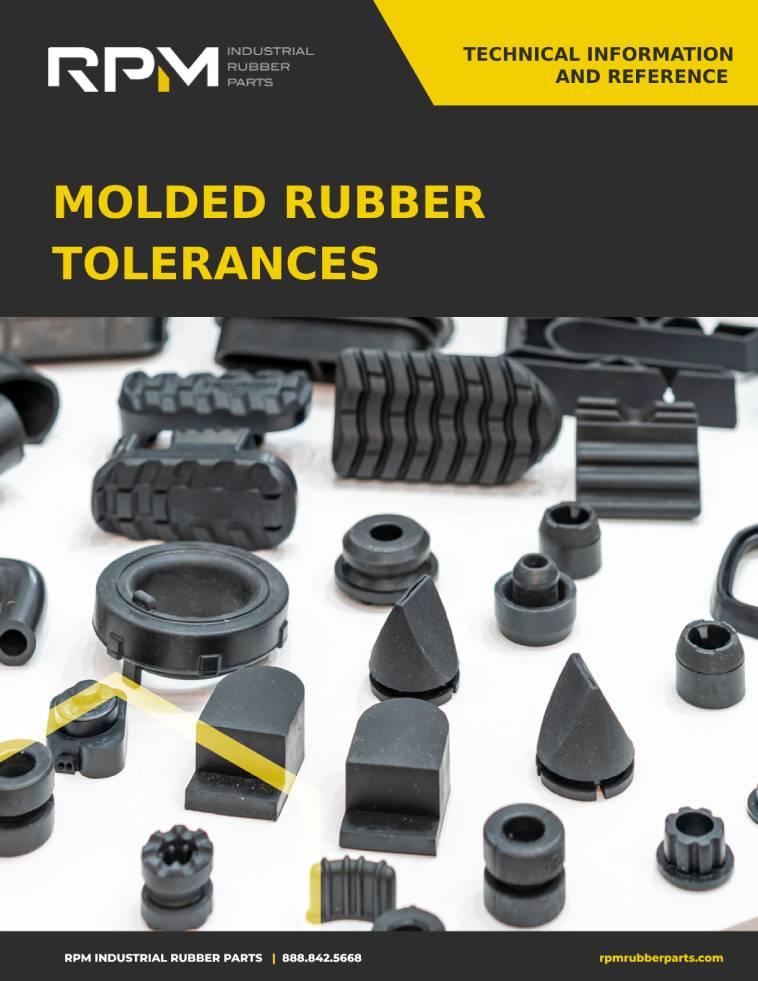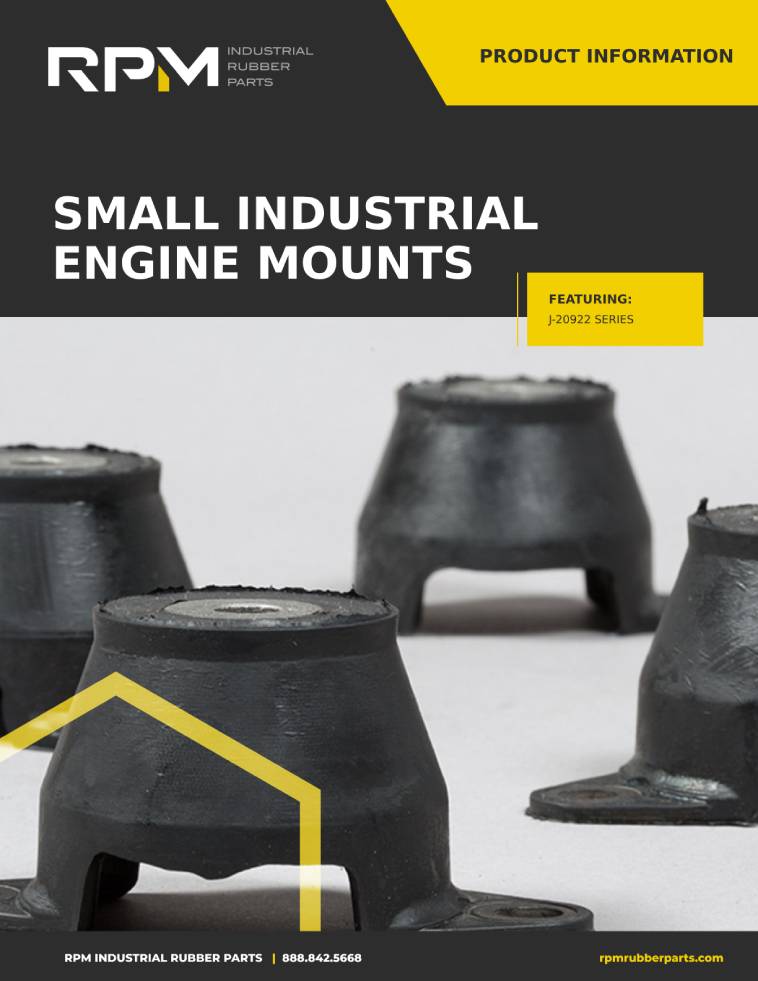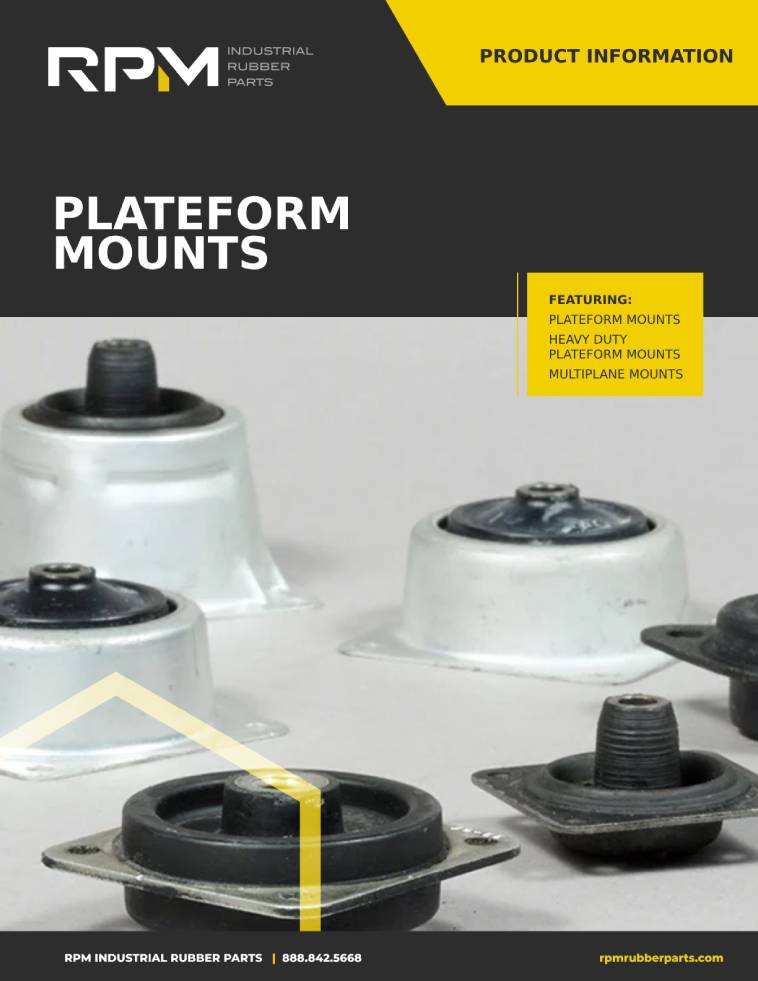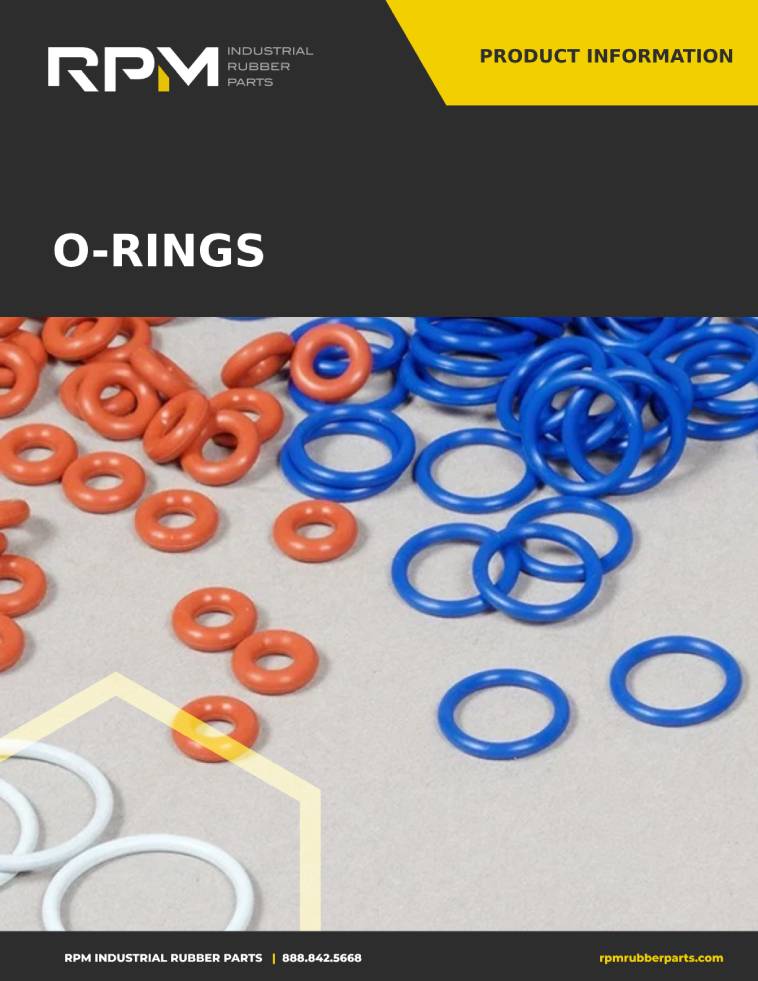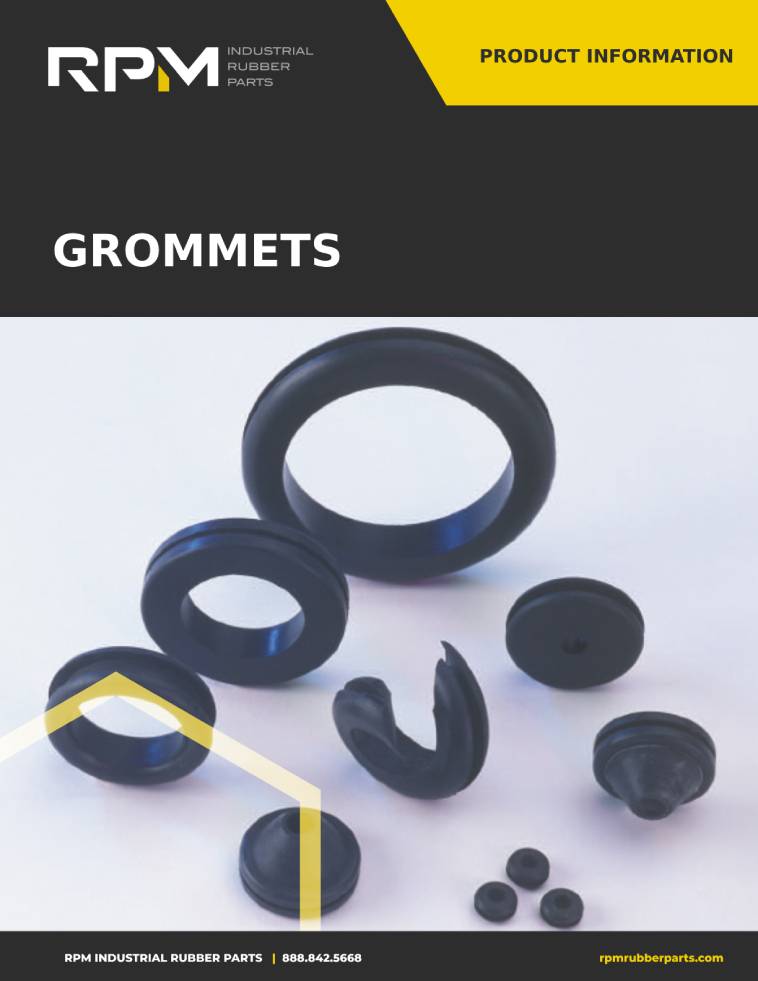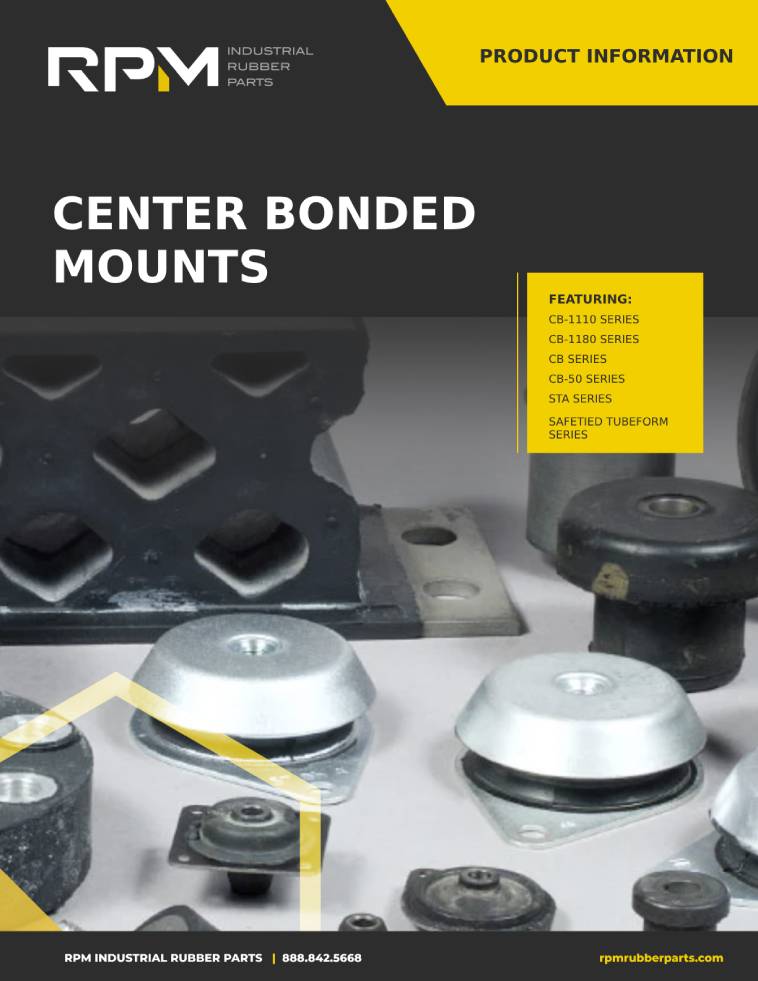Compression molding is not new. In fact, it’s one of the oldest methods of shaping rubber parts that are still used today. The process essentially uses two metal presses to apply tremendous pressure to a chunk of rubber, forcing the rubber to fill out the mold’s cavity. The end result is a strong, durable rubber part that can be used in myriad applications.
Continue reading to learn more about rubber compression molding and its benefits.
There’s a reason so many people choose rubber compression molding over other manufacturing processes: It’s a tried-and-true method that produces high-quality parts at a relatively low cost. Additionally, this method works well for small, medium, and large production runs that can produce parts with diverse features and are easily repeatable.
Despite its many advantages, rubber compression molding isn’t the ideal process for every rubber part. If you’re unsure about the best manufacturing process for your part, consult one of the experienced engineers at RPM Industrial Rubber Parts. In the meantime, keep reading to learn about the top three advantages of choosing rubber compression molding.
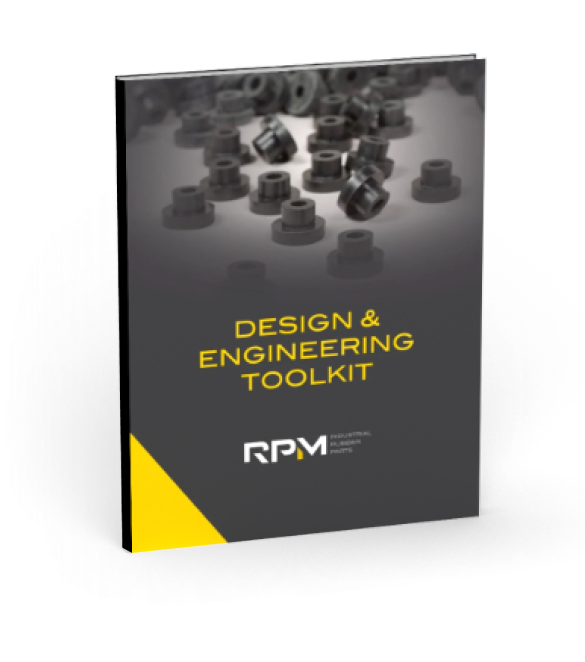
Do you really know everything about designing with rubber parts?
Get a free and valuable resource for finding or custom designing the exact part you need.
Is Rubber Compression Molding Right for You?
Rubber compression molding provides convenient, affordable, and effective solutions for replacing discontinued and subpar parts, as well as for designing new ones. This process can turn out a range of durable, long-lasting parts according to their environmental, chemical, and requirements, and it is a good choice for most industrial applications.
However, deciding on the right molding process for you requires defining your part’s dimensional qualities and required tolerance. Although compression molding can make rubber products according to high tolerances for rubber, there is a balance between practicality and cost. We typically use the A3 standard to achieve quality, economical parts. Consult tolerance tables laid out by the U.S. Tires Manufacturers Association for a better idea of your specific needs.
1. Cost-Efficiency
If you’re designing a custom rubber part, it’s important to understand that the ideal molding process will depend on the specifications and intended use of your part. The three main rubber molding methods are compression, injection, and transfer molding, each of which has its distinct pros and cons. Out of the three molding types, compression molding tends to be the most cost-effective.
Low Tooling Costs
As compression molding doesn’t involve an injection or transfer cycle, it has fewer infrastructure requirements and lower tooling costs than other methods. For people who are on the fence about whether to pursue a custom part, compression molding offers an economical way forward. Plus, paying to create a mold is a one-time cost, meaning subsequent runs will be cheaper than the first run.
Prototyping
The reason compression molding is so economical has to do with its simplicity. Low tooling and setup costs mean that it’s often the best choice not only for producing small runs but also for prototyping a custom part. This allows manufacturers to generate samples of designs for clients to review before moving to large-scale production.
2. Versatility
If you need an extremely tiny rubber part (anything with a dimension smaller than five mm), compression molding isn’t always a good fit. Simple shapes will be fine, however, if your part has intricate details, part ejection from the mold cavity becomes labor-intensive. Barring very small, intricate objects with internal features, this process works well for parts of various shapes and sizes, from small to large and thick to thin, and provides a great deal of production flexibility.
Production Runs
Compression molding is a great option for small and medium production runs and can do large production runs as well. This method offers a lot of flexibility depending on the volume of the part in question; the smaller the part, the more cavities that can be created for each press. The ability to choose an optimal number of cavities makes compression molding especially economical for short runs.
Special Features
As compression molding involves loading raw material directly into the mold cavity, it is less subject to part weight limitations than other types of molding. That means it can shape larger objects and thicker parts. This molding method also allows the manufacturer to add some special features, such as insert or color molding, at a relatively low cost to the buyer.
3. Repeatability
The wonderful thing about creating a compression mold is that it can be used again and again to the same effect. Once the mold is created, customers can expect relatively fast cycle times, and placing subsequent orders becomes as simple as ordering standard rubber parts. However, switching rubber manufacturers requires designing a new mold, which is why it’s essential to choose the right manufacturer from the start.
The Cost of Custom Rubber Parts
FA custom rubber part can improve the fit, space, and functionality of a product. Despite obvious benefits, many people continue to use standard parts because they believe ordering custom rubber parts is an expensive endeavor. In reality, the right industrial rubber manufacturer can design superior molds without exorbitant costs.
At RPM Industrial Rubber Parts, we understand that affordability is just as important as functionality. Our customers’ average cost for tooling a custom rubber part falls between $500 and $3,500, a relatively low price to pay for a superior product that can ultimately increase revenue. However, the cost depends on the design.
If you’re interested in ordering custom rubber parts in 2022, consult our latest Design Process Guide. You’ll find information on how to order parts and review specifications, as well as what to expect in regards to timeline, cost and prototyping.
Industrial Rubber Parts
If you’re searching for a custom rubber parts manufacturer, it’s not enough to choose a company that does good work. You need a partner you can rely on through times of uncertainty and supply chain issues, who will keep you updated every step of the way. You need a manufacturer who is just as committed to transparency, communication, and honesty as they are to producing a high-quality product.
At RPM Industrial Rubber Parts, we know that talking early and often is the key to circumventing many of the roadblocks or delays that can occur. If you’re considering a custom rubber part, we encourage you to reach out to us now. Even if you don’t have all the details yet, our engineers can help you get a better understanding of logistics and timeline.
Questions? We’d love to chat! Feel free to give us a call at (888) 842-5668 today.
Related Resource
The Engineer’s 7-minute Guide to Rubber Molded Parts
Our free resource is a quick-reference guide to help you determine if exploring a rubber part is right for your application.









